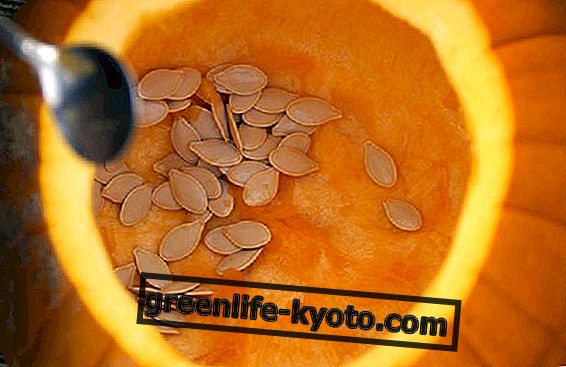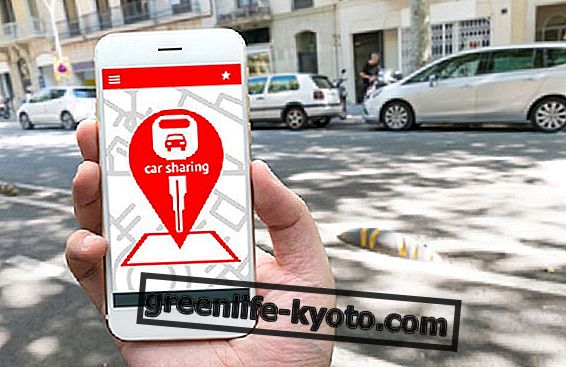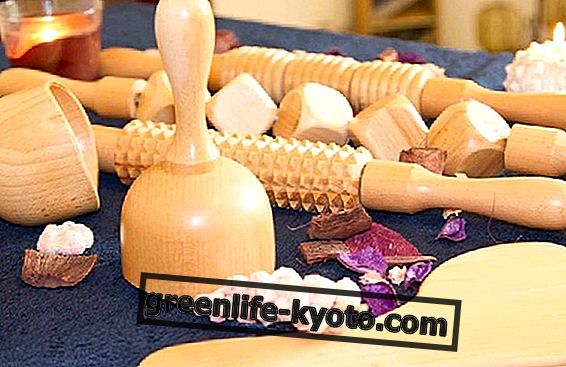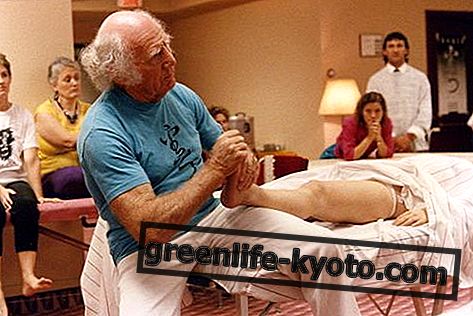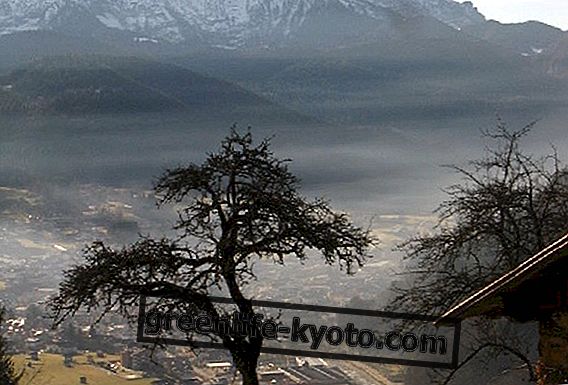
The human brain is very complex, the experiences that we all do, that the baby-girl does affect our mind and so past events often continue to have an impact on how we perceive the present and build the future.
Starting from the first moments of life our brain is able to respond to experiences by modifying the connections between neurons, which are the basic units of brain functioning.
These connections are fundamental for the brain and play an important role in the processes that allow us to remember experiences. The structure of the brain shapes its functions; brain functions and experiences generate the network of connections, creating the mind, which defines what we are.
Memory is the process of our brain's response to experiences: there is implicit memory and explicit memory. Implicit memory involves the neural circuits involved in emotions, behaviors, sensations; it is the form of early memory, present at birth (and perhaps even earlier), linked to non-verbal language, often not aware; it also includes the processes by which the brain creates generalizations of repeated experiences in the form of mental models.
The child, the child at about two years of age develops a region of the brain, the hippocampus, which is associated with a series of neural circuits, which make explicit memory possible. This type of memory is connected to semantic memory, words to symbols, to autobiographical memory.
It is a conscious memory; it is associated with the sense of self and time; it is connected to the pre-frontal area of the cortex. These processes are possible and are influenced by the attachment mechanisms and the experiences that the child, the child, makes. It is curious: in the course of our lives the prefrontal cortex and its integrative functions can continue to grow and change!
The non-verbal methodologies [1], in particular, the DanzaMovimentoTerapia, through movement, can be seen as a bridge and aid for the development of memory, they connect and connect the two memories: they act through experience and give body to thoughts, sensations, emotions, more or less aware; from bodily experience we then move on to integration with the mind: to give a name, an awareness of experience. And for the brain "experience" means neural electrical activity, energy, movement, then!
Memory and brain development are connected ; the experiences therefore shape the brain structures that are maturing: here I return to the Dance Movement Therapy, a chance to gain experience, different experiences for children and adults. An important way in which the child (the adult also) elaborates experiences is play, pretending: creating images, choreography and scenes allow the (adult) child to practice new skills and assimilate the emotions he lives.
The mind is the result of the brain's activities and processes information in different ways: at the base there are the perceptive systems, such as sight, hearing; at a higher level there are the various forms of intelligence, linguistic, spatial, kinesthetic, musical. Our perception influences our behavior, data from the outside world is processed by us and generates specific reactions.
The cerebral hemispheres have distinct modes of processing, the separation allows them to work almost independently, but, thanks to the calloused body that connects them, we have the possibility of having an exchange of information. The right processing mode is holistic, non-linear, visual, spatial. The non-verbal forms of communication, the integrated sense of the body, the mental models of the self, are processes "governed" by the right hemisphere. The left mode is typically linear, logical, based on language. The possibility given by the expressive-creative movement to narrate emotions, images through the body contributes to establishing a relationship based on the creation of emotional relationships and non-rigid interactions.
Giving meaning to the choreographies, to the movement, allows us to offer children and adults experiences that help give meaning to life, actions and experiences.
For example, through the Dance Movement Therapy we relate left and right hemisphere ; through the bodily relationship we share experiences; the experiences based on a wide range of internal processes favor the establishment of balanced interpersonal interactions, confer "a secure base", give wellbeing. Experiences influence the way we perceive the present, they create mental models of the world. Experiences that integrate sensations, which originate from our body and from our interactions with others, can form the basis on which the self develops.
Bodily experiences form the foundation for building the sense of self . The possibility of having "a special time and space" allows the child and the child, the adult, in relation to the conductor, the educator, the adult, ... to develop a deeper self-awareness and to actively shape the ways in which they perceive and create their lives. The child, the adult in the setting, in the space of movement, move in a special space where they can afford to experiment, organize, compare lengths, dimensions, directions, strength, in this place they will also experience time: linear time of life and its own history .
In this space of relationship and action the child / girl learns, relate perception and action, creates a link between motor action and perception: our brain is activated through "mirror neurons". Some scientists consider the discovery of mirror neurons to be one of the most important discoveries of neuroscience in recent years.
Prof. Gallese, and his team, [2] points out that when we observe a similar action of ours, a certain action is activated in the brain, the same cells that come into operation when we ourselves do that gesture. This discovery raises new reflections, because it has highlighted how the reciprocity that binds us to the other is our natural condition, pre-verbal and pre-rational.
The human animal is a social animal, which in order to grow and live has, by its nature, the need for the relationship - from the physical to the communicative - with its own kind. One of the fundamental mechanisms of social interaction is imitation. Often we happen to imitate certain gestures, but we have no idea how to do it, what we need to know to imitate.
We can imitate the action of others, because our brain resonates, so to speak, together with that of the person we are observing. It is a fundamental brain mechanism, because it allows a sort of non-linguistic communication between the brains . There's more: if what you do is similar to what I do (or could do) myself, then I'm somewhat similar to you, and vice versa. Human subjectivity, but probably also that of animals other than men and women, is born through brain mechanisms of this type.
In other words, the human animal discovers itself - as Merleau-Ponty [3] claimed, as that certain body which is, that certain subjectivity that it is, only through the relationship with the other. Mirror neurons recognize the intentions of others. The Child, the Child, the adult in the group see himself / herself in the movement of the other, comes into contact with the state of mind of the partner, of the partner, creating a sensation of resonance, of sharing energy flows: " They listen!".
When we try positive or negative sensations we can share these emotional states and help make these sensations aware. These experiences are difficult but very rewarding. "(...) In fact, body experiences interact with the surrounding world are the basis of psychism, from unconscious representations to conscious representations". Winnicott [4]



